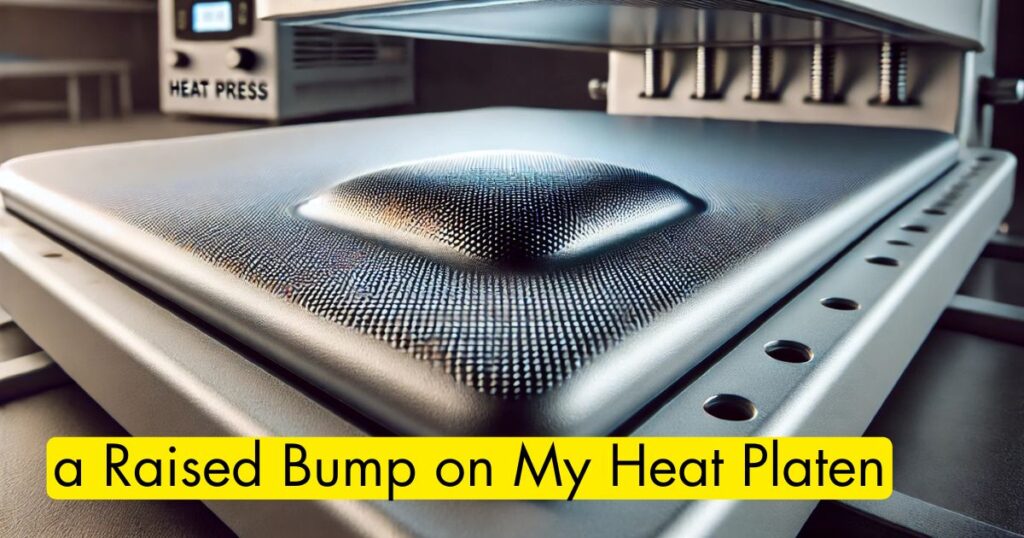A heat platen plays a critical role in ensuring smooth heat transfers, but a raised bump on my heat platen can interfere with the process. This issue can cause uneven pressure, affecting the overall quality of transfers. In this article, we’ll explore the causes, fixes, and prevention of raised bumps on the heat platen.
Causes of a Raised Bump on My Heat Platen
Manufacturing Defects and Buildup
A raised bump on the platen may result from manufacturing defects that cause uneven surfaces. Additionally, adhesive residue from heat transfer materials can accumulate, creating bumps over time. Cleaning the platen regularly will help reduce buildup.
Warping Due to Heat
Heat exposure can also lead to warping, which causes uneven surfaces. Continuous high temperatures can lead to expansion, and the platen may no longer be flat, affecting the heat press’s performance.
How to Fix a Raised Bump on My Heat Platen
Cleaning and Inspecting for Damage
Start by thoroughly cleaning the platen to remove any residue. Once it’s clean, check for warping using a straight edge. If warping is noticeable, you may need to replace the platen to restore proper function.
Replacing the Heat Platen or Cover
If cleaning doesn’t resolve the issue, replacing the platen or its protective cover might be necessary. A new platen ensures even pressure and helps avoid further issues with heat transfers.
Preventing a Raised Bump on My Heat Platen
Maintenance and Proper Heat Control
Regular maintenance is essential for preventing bumps. Clean the platen after every use and avoid prolonged high heat exposure, as this can cause warping over time. Proper temperature control can extend the life of the platen.
Choosing High-Quality Materials
The materials used in heat transfers also play a role. High-quality materials are less likely to cause residue buildup, preventing bumps. Using durable equipment will ensure better long-term performance.
Conclusion
A raised bump on my heat platen can impact your transfers, but with proper cleaning, inspection, and occasional replacement, you can fix and prevent this issue. Regular maintenance and using quality materials are key to ensuring smooth, successful heat transfers.
